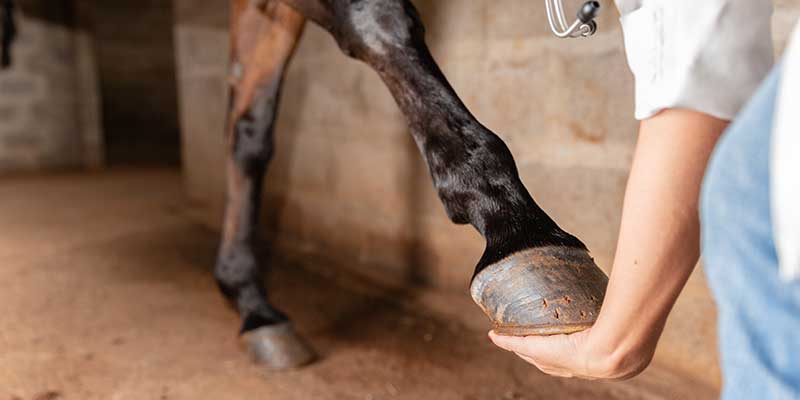
How to Wrap a Horse Hoof for Optimal Care and Protection?
Share
When it comes to ensuring the overall health of your equine companion, one important concern should not be overlooked: how to wrap a horse hoof. Horse hooves are critical for their mobility and overall well-being, and wrapping them properly can protect them from injury and infection. In this article, well delve deep into the essential techniques and tips for effectively wrapping a horse hoof, while also providing insights that cater specifically to health-conscious pet owners.

Understanding the Importance of Wrapping Horse Hooves
Horse hooves can be prone to various issues such as bruising, injuries, or abscesses. Proper hoof wrapping is not merely cosmetic; it serves several critical functions, including:
- Protection against dirt and debris
- Support of the hoof and prevention of strain
- Facilitation of healing and recovery
By understanding how to wrap a horse hoof, you are making a proactive choice toward maintaining your horse's health.

Gathering Your Supplies
Before diving into the actual wrapping process, its essential to gather all the necessary supplies. Heres a basic list:
- Hoof wrap or bandage
- Gauze pads
- Vet wrap or elastic bandage
- Scissors
- Antiseptic solution
Having these materials ready at your fingertips will streamline the wrapping process and ensure that your horse is comfortable throughout.

Steps to Wrap a Horse Hoof
Wrapping a horse hoof may seem straightforward, but it requires patience and attention to detail. Heres a step-by-step guide:
1. Prepare the Hoof
Start by cleaning the hoof thoroughly. Use a hoof pick to remove any debris, dirt, or stones lodged within the hoof. After cleaning, apply an antiseptic solution to minimize the risk of infection.
2. Apply the Gauze Pad
Once the hoof is clean, take a gauze pad and place it over any cuts or sensitive areas. This will provide cushioning and protect the wound as it heals.
3. Use the Hoof Wrap
Carefully wrap the hoof in the hoof wrap or bandage. Make sure to start from the bottom and wrap upwards, overlapping each layer by about half. This overlapping technique will enhance stability.
4. Secure the Wrap
Once you reach the top of the hoof, cut the wrap, leaving a few inches to secure it. Use vet wrap or elastic bandage to keep everything in place. Be cautious not to wrap too tightly, as this could impede circulation.
5. Check for Comfort
After wrapping, check the hoof to ensure your horse is comfortable. Flex the leg gently and watch for any signs of distress.

Common Mistakes to Avoid
Learning how to wrap a horse hoof involves practice, but avoiding common pitfalls is crucial. Here are mistakes to steer clear of:
- Not cleaning the hoof first
- Wrapping too tightly
- Using inappropriate materials
Every horse is unique, and respective hoof issues may require specialized methods. Always consult with a vet to understand your horse's specific needs.
When to Seek Professional Help
While many hoof issues can be managed through wrapping, some situations require professional assistance. For instance, if your horse experiences significant swelling, lameness, or signs of severe infection, seek a vet's help immediately. Regular hoof check-ups are also integral for maintaining good hoof health.
Linking Practical Knowledge
It may also be helpful to study how to pick a horse hoof, as keeping them clean is vital for any wrapping process. Also, understanding how to treat cracked hoof on horses can prepare you for potential issues. Additionally, being familiar with how to trim a horse hoof will help you maintain the overall health and well-being of your horse.
FAQs About Wrapping Horse Hooves
1. How often should I wrap my horse's hoof?
It depends on your horse's needs. If they have injuries or conditions that require wrapping, this may need to be done daily. Always consult with a vet.
2. Can I use human bandages on my horse?
Human bandages may not provide the same level of support or protection as equine-specific products. Always use supplies designed for horses.
3. Is it necessary to wrap a horse hoof?
Wrapping is not always necessary unless there are specific health issues, injuries, or during transport. It's often advisable to consult a vet.
As an Amazon Associate, I earn from qualifying purchases.
